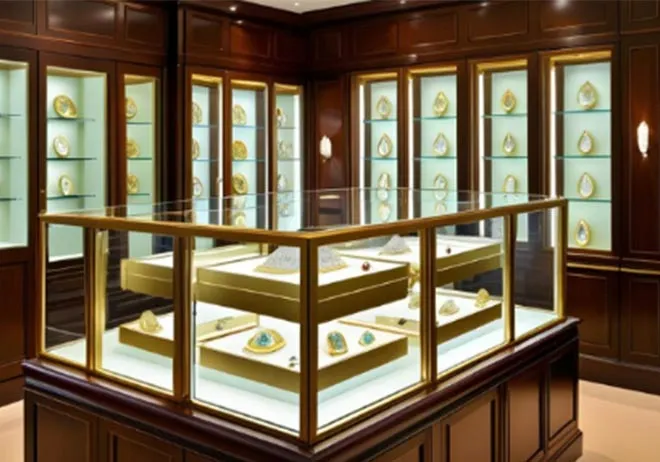Nov . 10, 2024 16:48 Back to list
Exploring the Benefits and Applications of Laminated Fluted Glass in Modern Architecture
Understanding Laminated Fluted Glass A Versatile Architectural Element
Laminated fluted glass is increasingly gaining recognition in contemporary architecture and interior design. This unique material combines the aesthetic appeal of fluted textures with the safety and performance benefits of laminated glass. As designers and architects seek innovative ways to enhance their projects, laminated fluted glass stands out as a versatile option that offers both function and beauty.
What is Laminated Fluted Glass?
Laminated fluted glass is created by sandwiching two or more layers of glass with a compatible interlayer, which is often made of polyvinyl butyral (PVB) or ethylene-vinyl acetate (EVA). The fluted texture is achieved through a process where the glass is molded into a series of vertical or horizontal grooves. This texturing not only enhances the visual appeal of the glass but also serves practical purposes, such as diffusing light and providing privacy without sacrificing natural illumination.
The use of laminated glass introduces several advantages. One of the primary benefits is safety. In the event of breakage, the interlayer holds the glass fragments together, significantly reducing the risk of injury. This safety feature makes laminated fluted glass an ideal choice for commercial buildings, residential homes, and even public spaces. Furthermore, laminated glass also offers enhanced sound insulation, making it a favored option in urban environments where noise pollution can be a concern.
Aesthetic Qualities
The aesthetic characteristics of laminated fluted glass cannot be overstated. The fluted design adds a touch of elegance and sophistication, making it suitable for a range of applications, from sleek modern buildings to more traditional architectural styles. The interplay of light and shadow created by the fluted texture can evoke a sense of depth and movement, transforming a simple glass panel into an artwork in its own right.
Another remarkable feature of laminated fluted glass is its ability to be customized. Various colors, tints, and patterns can be infused into the glass layers, allowing architects and designers to tailor the material to suit specific design themes or branding requirements. This level of customization ensures that laminated fluted glass can seamlessly integrate into any project, whether it be a luxury hotel, a high-end retail store, or a cozy residential space.
laminated fluted glass

Sustainability Considerations
In today's environmentally conscious world, sustainability is an essential factor in material selection. Laminated fluted glass contributes positively to green building practices. The durability and longevity of laminated glass systems mean that they often outlast traditional glazing options, reducing the need for frequent replacements and minimizing waste. Additionally, many manufacturers of laminated glass are adopting eco-friendly production methods and materials, further decreasing the environmental impact of this versatile product.
Applications in Architecture and Design
The diverse applications of laminated fluted glass extend far beyond traditional windows. It is increasingly used in partition walls, skylights, balustrades, and even decorative elements like doors and light fixtures. In commercial settings, laminated fluted glass can enhance branding while promoting a feeling of openness and transparency. Residential projects also benefit from its unique attributes, helping to establish private spaces that feel light and airy.
Moreover, laminated fluted glass can be used creatively in outdoor arrangements, such as in patio enclosures or as fencing. Its durability enables it to withstand different weather conditions while providing a visually appealing barrier.
Conclusion
In conclusion, laminated fluted glass is a multifaceted material that bridges the gap between form and function. Its safety features, aesthetic versatility, and sustainable attributes make it a favored choice among architects and designers alike. As the demand for innovative construction materials continues to grow, laminated fluted glass is poised to play an integral role in shaping the future of architectural design. Ultimately, it represents a beautiful fusion of style, safety, and sustainability, making it an essential element in modern building practices. Whether utilized for its protective qualities, visual characteristics, or sustainable benefits, laminated fluted glass is undoubtedly a remarkable choice for any design project.
-
Safety and Style with Premium Laminated Glass Solutions
NewsJun.24,2025
-
Reinvents Security with Premium Wired Glass
NewsJun.24,2025
-
Premium Float Glass Line for Modern Architecture
NewsJun.24,2025
-
Low Emissivity Glass for Energy-Efficient Architecture
NewsJun.24,2025
-
High-Performance Insulated Glass Solutions for Modern Architecture
NewsJun.24,2025
-
Elevates Interior Style with Premium Silver Mirror
NewsJun.24,2025
Related PRODUCTS














